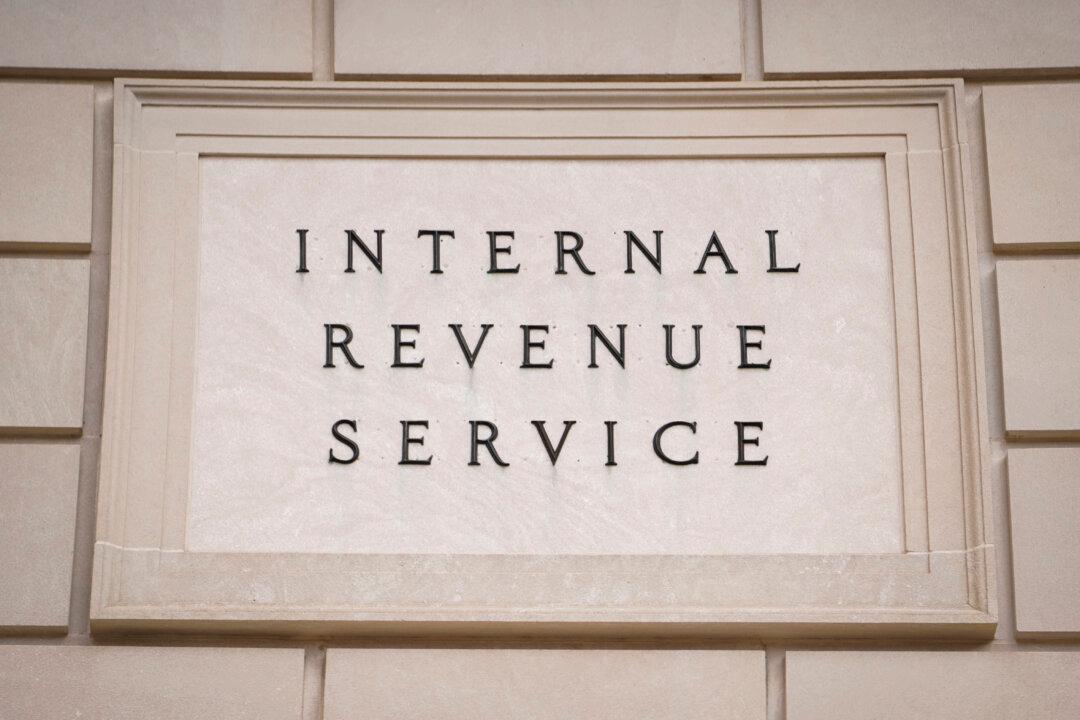The Internal Revenue Service (IRS) is set to launch its free online tax filing tool Direct File in less than two months, with taxpayers from 12 states eligible to use the system in the initial pilot phase.
An IRS official demonstrated the Direct File tool to reporters during a press briefing on Thursday, according to news outlet NextGov. While the agency doesn’t have a fixed launch date for the tool, the official stated that it should be widely available to eligible taxpayers beginning sometime in mid-March, roughly a month before the 2024 tax filing season deadline of April 15. Direct File is different from the IRS’s existing Free File online program.





